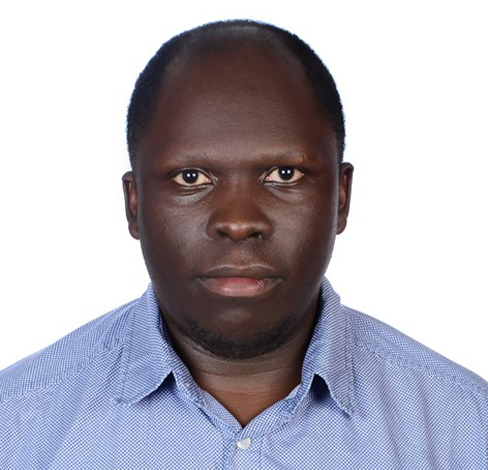Motivation
Since the invention of organic light-emitting diodes (OLEDs) in the late 1980s, interest in organic materials has increased sharply. The ability to create large-area and mechanically flexible electronics with cost-effective manufacturing processes was attractive to many fields, such as the automotive and lighting industries. With the development of organic thin-film transistors (OTFTs) and organic photovoltaic cells (OPVCs), the range of potential applications expanded, to include smart buildings, biomedical implants, and the Internet of Things (IoT) to name a few. On the other hand, there were some important developments in traditional (inorganic) electronics. Enhancement in integration of hybrid systems on foils (HySiF), post processing of wafers and introduction of new materials paved the way for building mechanically flexible electronic systems based on silicon. Yet despite these advancements little attention was paid to the circuit design aspect of flexible electronics outside of academia. Design houses, EDA vendors and other industrial stakeholders have yet to come up with a mature design flow for both organic and inorganic flexible systems.
Aim
The aim of this tutorial is for the audience to gain a comprehensive overview of the topic of flexible and organic electronics with a specific focus on circuit design. In the first part the history of the development of organic materials as well as the functional and fabrication principles of OLEDs, OTFTs and OPVCs will be presented. The second part is dedicated to the design of organic and inorganic flexible electronic circuits. The state of the art as well as recent developments will be presented, as well challenges and possible future solutions. To deepen the understanding, a comparison between organic electronics and well- known, established processes in the semiconductor industry, such as CMOS technology, will be made at appropriate points during the seminar. A basic understanding of semiconductor devices and circuits is the only prerequisite.
Detailed Contents
Part 1: Background and Fundamentals
- Introduction: Overview on flexible electronics, definitions and metrics, usage in academia and industry.
- Materials and Fabrication: Inorganic and organic semiconductors, optoelectronic properties, organic elements, thin film processes, masks, dicing before grinding, chips on cavities, handling and embedding, System-in-Foil.
- Circuit Elements: OLED structure, function, and pixels, OTFT types, operation, and performance, OPVC photovoltaics, hybrid technology and configuration, inorganic thin sensors, analog and digital performance.
Part 2: Design Methodology and Applications
- Design flows: traditional analog, digital and mixed-signal flows, EDA tools, special features of flexible and organic design flows, challenges, and bottlenecks.
- Characterization and modeling: mechanical modeling, electrical modeling, piezoresistive properties, MOS compact models, bipolars and piezo-junctions, optical characterization, PDK development
- Design process: system-level considerations, on-chip vs discrete components, simulation of mechanical and piezoelectric properties, circuit element sizing, layout, and placement considerations.
- Circuits: pressure, stress and strain sensors, temperature and humidity sensors, ultra-thin data converters, ultra-thin read-out circuits and references, on chip signal generation.
- Automotive applications: safety technology, sensing, lighting, passenger experience.
- Biomedical applications: retinal implants, biomarker monitoring, diabetes implants, smart patches.
- Other applications and outlook: consumer electronics, IoT, printing and packaging, future trends.
Keywords:
organic electronics, flexible electronics, modeling, and simulation, EDA, biomedical and automotive.







